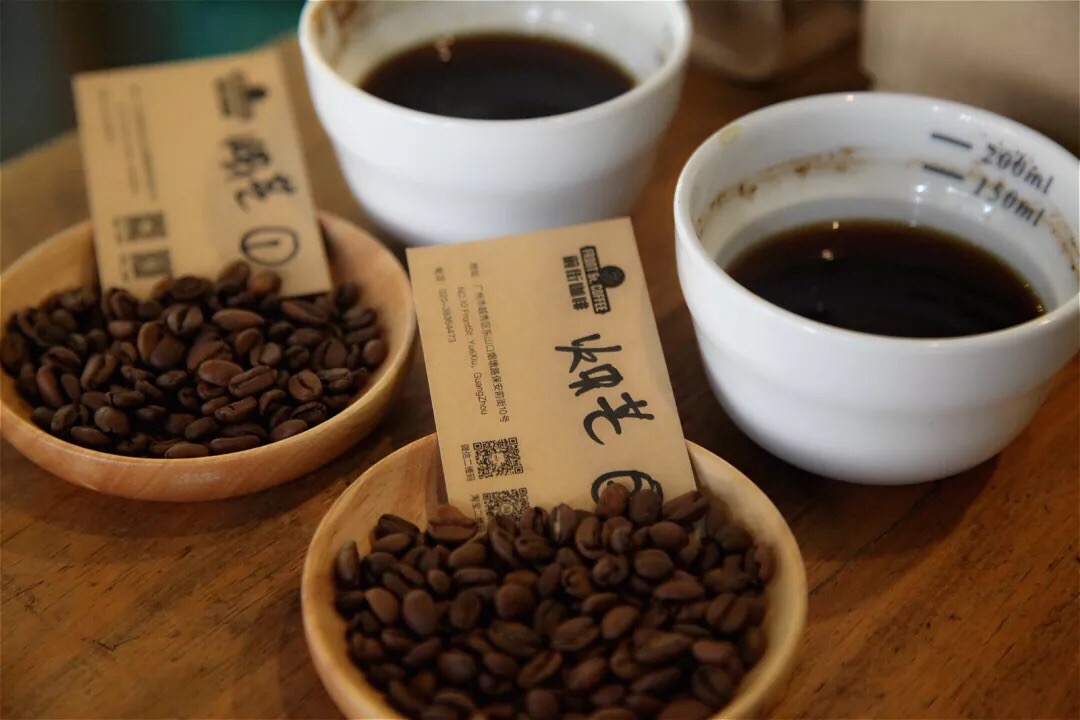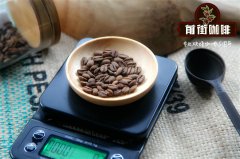Freshly baked coffee beans grade learning! What does the legendary G1 G2 mean?

Professional coffee knowledge exchange more coffee bean information please follow the coffee workshop (Wechat official account cafe_style)
In order to distinguish between good quality coffee beans and poor quality coffee beans, we have to grade the coffee.
Coffee grading is usually carried out according to defect rate, bean size, altitude, raw bean density, treatment standards, etc., but because each country's historical background, trade interests, climate, topography and other factors are different, we cannot use the same standard to calculate defects, or simply to compare heroes in terms of altitude, nor can we compare one country with another. These are all mistakes rather than objective direct comparisons.
Therefore, in more cases, it is a combination of a variety of standards for description, and in order to really understand these English and figures, we have to understand the classification and classification of coffee.
In different countries, there will be their own accustomed way of grading. But basically, the most commonly used grading criteria are as follows:
1. Differences in the appearance of raw beans, such as size, shape, defect ratio.
two。 The environment in which raw beans grow and their effects, such as altitude and hardness.
3. After baking, it is judged by the quality of the cup.
Therefore, before the coffee beans are processed and exported, each producer will distinguish the coffee grade according to some key points:
Proportion of defective beans in ①
The less the proportion of defective beans, the higher the grade of beans, generally speaking, the producing area and the store will pick beans according to the condition of the beans. (voice of riddle: picking out defective beans is a very time-consuming and time-consuming thing.)
For example, Ethiopia's raw beans are G1~G5, G1 and G2 are washing grades, G3 and G4 are sun grades, and general commercial beans are G4. (in recent years, the preferred grades of many Ethiopian sun beans are also marked with G1 and G2. )
② by legume size
That is, the length and width of the bean body (size), Colombia to "bean size is beauty" as the purpose, classification to the unit, more than 18 mesh (about 0.7cm) for Supremo, the following is Excelso. (item represents the diameter of the coffee bean, one item is 1 inch 64 inch, 1 inch = 25.4mm)
Kenya's grading is based mainly on the size of beans, supplemented by cup quality and bean weight. So we often hear of Kenya AA, the highest quality grade is AA PLUS (AA+), followed by AA, AB (1516 orders, accounting for the majority of production), and so on. In addition, there is PB, which means Peaberry, which is classified by appearance.
③ altitude and hardness
Quality test by ④ cup
Although Brazil is one of the largest coffee producing countries in the world, among the coffee producing countries in Central and South America, Brazil's production altitude is on the low side, and its landform is flat, less shaded trees, and lack of micro-climate, so the coffee beans produced are soft, commonly known as soft beans, and taste smoother than other producing areas. So Brazil uses five grades to rate it:
1. Strictly Soft is extremely meek.
2. Soft compliant
3. Softish is a little softer.
4. Hardish is not catchy.
5. Rioy smells of iodine choking.
In short, grading is an important consideration when we choose coffee beans; of course, raw coffee beans must be well preserved so that coffee farmers in the producing areas do not waste their hard work in planting and screening, and finally go through changes in roasting and brewing that vary from person to person. there will be millions of changes in the taste of coffee.
Important Notice :
前街咖啡 FrontStreet Coffee has moved to new addredd:
FrontStreet Coffee Address: 315,Donghua East Road,GuangZhou
Tel:020 38364473
- Prev

How much caffeine is contained in deeply roasted coffee beans? The depth of coffee roasting
Professional coffee knowledge exchange more coffee bean information please follow the coffee workshop (Wechat official account cafe_style) intuitively thought, deep-roasted coffee also has more caffeine, right! This is a long-debated issue in the coffee industry. Although many people think that deep-roasted coffee is full-bodied, of course because there is more caffeine, another school believes that when you need a lot of caffeine
- Next

The origin of all kinds of espresso names! Here's your favorite mandarin duck coffee.
Professional coffee knowledge exchange more coffee bean information Please pay attention to the coffee workshop (Wechat official account cafe_style) the name of different coffee comes from Cappuccino at the beginning of the 20th century, the Italian Agatha invented the steam pressure coffee machine at the same time, also developed the cappuccino. Cappuccino is filled with steamed milk on strong coffee.
Related
- How did the Salvadoran coffee industry develop in Central America?
- What exactly does the golden cup extraction of coffee mean?
- The Origin of Coffee flower
- [2023 Starbucks World Earth Day] there are more meaningful things besides free Starbucks coffee!
- What kind of coffee is there in Spain? 9 Flavors of Spanish Coffee
- Aromatic African coffee| Kenya's coffee culture and historical production area
- Liberica Coffee Bean knowledge: the characteristics of Liberian Coffee beans of the three original species of Coffee beans
- The origin and formula of Spanish latte introduces the taste characteristics of Bombon coffee in Valencia, Spain.
- How to adjust the solution of over-extracted coffee
- What is the tasting period of coffee beans? What is the period of coffee and beans? How should coffee wake up and raise beans?

